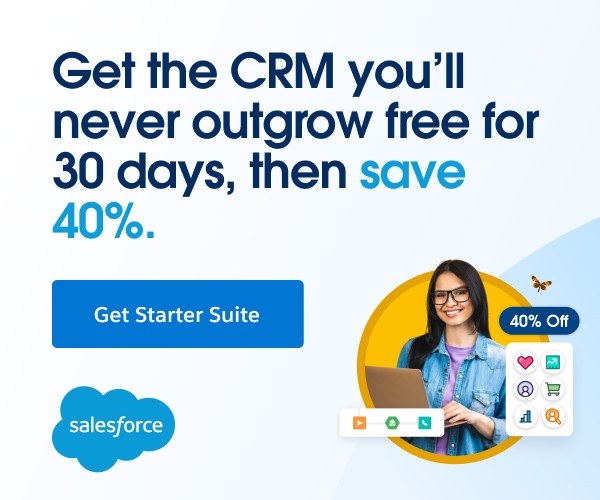A key component of this is how much your solution is priced. Vendors encounter challenges when there is a misalignment between how much a vendor is charging and the value a customer actually feels they’re getting. To counter this threat, consumption-based pricing is rapidly emerging as a new trend within the software industry, displacing the per-seat model that used to dominate the sector. This new model allows companies to charge, and customers to pay, based on how much of the product end-users actually use.
Now, 45% of SaaS businesses have some form of usage-based pricing and are reaping the benefits of increased customer retention and improved growth as customers better understand their vendors’ true worth.
But implementation is no easy feat, and vendors that cut corners with new pricing models risk confronting their customers with bill shock, where spending does not align with expectations.
So, how can you avoid these risks in a market where retaining customers has never been more important?
In a downturn, deliver value and offer flexibility
Usage-based pricing (UBP) allows you to charge your customers by how much they are actually consuming your product. As the value to their business grows over time, their spending will naturally increase.
UBP also has the added benefit of flexibility, with customers able to scale up or down based on the market or their individual company needs. And while UBP has the potential to decelerate more quickly in an economic slowdown, it is agile, and will accelerate faster when the economy does improve.
But despite its many benefits, UBP is not always easy to execute, and its implementation should be treated with care. That’s because it involves a massive shift in both culture and infrastructure: business operations need a billing process that is automated, fast, flexible, and error-free; customers need up-to-date information about usage and how it converts to spend; and sales need usage information and intelligence at their fingertips so they can have timely, well-informed customer conversations. If these key shifts are not delivered together with the new pricing model, the risk of bill shock and ultimately, customer churn, becomes a concern.
Mitigate these risks by focusing on three areas of your business:
- Make sure your billing is accurate
If you’re using a pricing strategy like UBP, invoicing calculations are purely based on data. So, to ensure you deliver accurate bills to your customers, start by reviewing your data sources.
Your company needs single sources of truth for accounts, product usage, and pricing data that are regularly evaluated for accuracy. These will give you clear oversight over every aspect of your customers’ usage that will then be used for bill calculations and reporting on key metrics like sales forecasting, cost-basis analysis, and more.
Without a robust data architecture and usage-based pricing tool at the centre of your billing stack, it will be very challenging to maintain consistency and accuracy in customer bills, and to have the insights you need from this data to make business decisions. Consider the mechanisms and tools you have set up today, and whether they will enable you to run accurate, automatic, and real-time calculations on your customer and product usage data. Make sure they will scale with you as more complexities around custom deals are introduced.
- Be transparent with customers about usage and spend data
The real opportunity for usage-based pricing lies in aligning spend and usage. By surfacing this information to your customers in real-time within your product, they’ll have a clear understanding of where they stand at each bill date. When costs are transparent and easy to predict, you create a strong customer experience by minimising the risk of bill shock.
Consider implementing an insights dashboard within your product. Visibility helps empower your customers, giving them access to usage data and how it’s converting to spend at any time so they can make more informed decisions.
With such a system, you can put safeguards in place such as notifications that regularly update customers about their activity before the final bill, or even service limits that cap any usage beyond a pre-agreed threshold. This actively works in the customer’s interest and protects them from inadvertently running up a surprising bill.
- Don't undervalue the role sales teams can play in building trust between service providers and customers
The final pillar when it comes to setting customers up for success is ensuring that customer-facing roles, like sales and customer success teams, can be proactive and creative.
By providing these teams with visibility into customer data and spend, they can keep an open dialogue with customers by reaching out with the right information about their usage behaviours at the right time. This is particularly important when usage is rising or falling beyond expectations, and your teams need to work closely with your customers to design pricing structures that are tailored to them.
In difficult economic times, companies rely on customer retention more than ever, and need to ensure they have a business model set up to capture their true value. Usage-based pricing allows you to align value with price, but if poorly implemented, introduces the risk of bill shock that can put crucial customer relationships at risk.
To realise its potential, you must make sure your billing is accurate, that you maintain trust using transparent pricing mechanisms, and that your customer-facing roles are engaged with usage behaviour so that they can continue to design better strategies for the future.
Ultimately, delivering a great customer experience allows you to build loyalty while weathering the uncertainty of a recession - and that is good for everyone.
Griffin Parry is CEO and cofounder of m3ter, the billing and pricing engine for SaaS companies.










